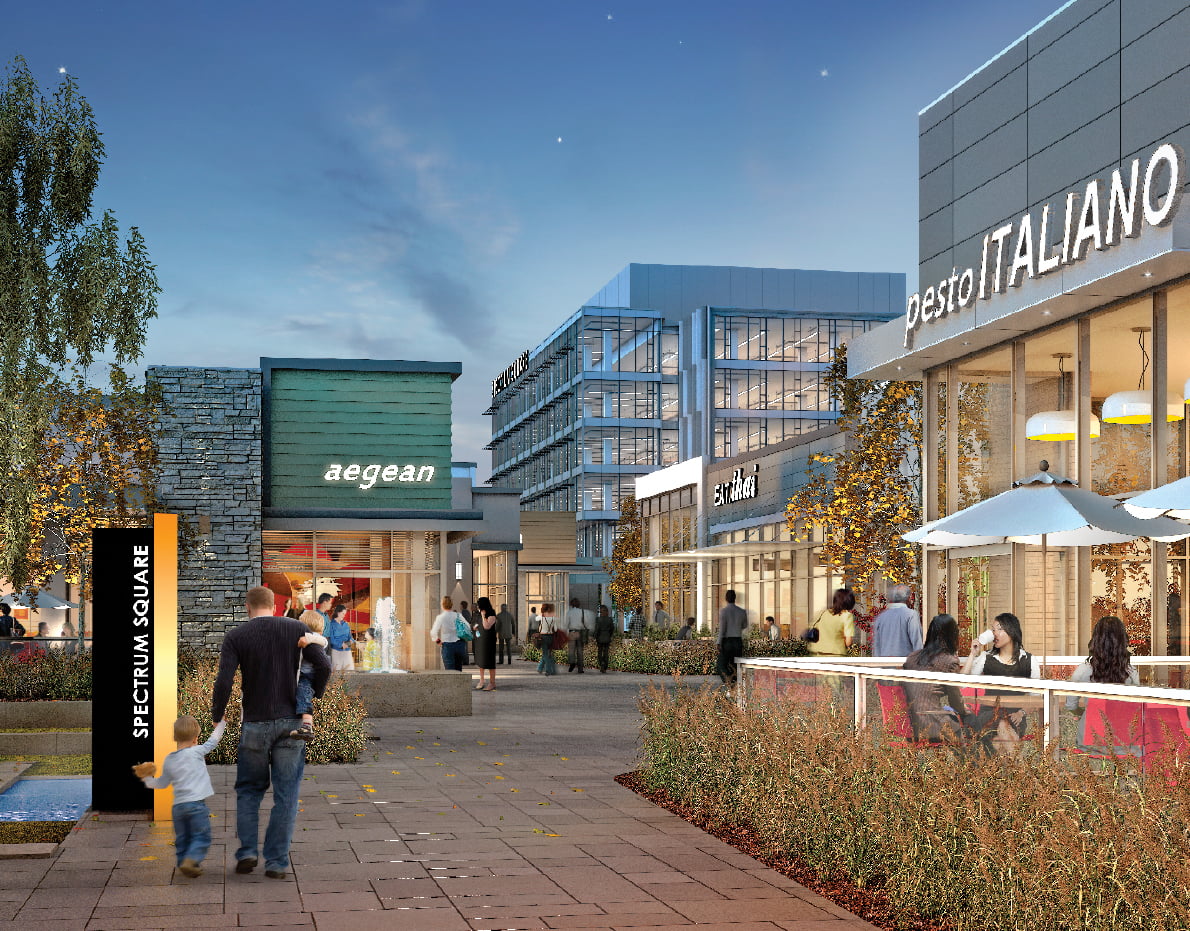A re-think will get us there
In 2011, for the first time in nearly a century, the rate of urban population growth outpaced suburban growth, reversing a trend that began with the invention of the automobile. In metropolitan areas, the majority of construction activity has now shifted to what planners call the “urban core” while the demand for large single family homes in the suburbs is declining. One might reasonably ask “How does this shift affect suburban areas?”
By Dermot Sweeny
Over the years, the suburbs have evoked a particular way of life—one of tranquil, tree-lined streets, active community centres, parks, and shopping centres. They promised privacy, space, and proximity to nature. Today, however, these same suburbs are in many ways impoverishing their inhabitants.
As the suburbs have spread further from urban cores, the disproportionate drive to build more roads and sell more cars and houses has led to rising costs for public infrastructure and a decline in the use of public transport. Ever increasing maintenance costs are now being borne by fewer people. We can no longer afford to enhance or even maintain infrastructure that is five 10 times more expensive per capita than that in urban centres.
Simultaneously, running and maintaining a private vehicle is an ever-increasing expense and long distance commuting cuts more and more deeply into our free time. Thus, public transit has become a necessity for many suburban residents, yet, sprawl has ensured that public transit is inefficient, expensive to operate and increasingly slow.
Transit systems are heavily subsidized and public investment in new capital projects falls further behind demand. Can we imagine transformative, sustainable solutions to these problems?
To date, sustainability has focused primarily on the performance of specific buildings, most often those located in urban areas. Compared to cities, suburban areas are still under-developed, and, for that reason, potentially much easier to remediate.
Many have not covered their natural watercourses; which can therefore be reclaimed as the basis for continuous landscape corridors. Moreover, low rise buildings and surface parking typically have fewer and shallower foundations, and are less disruptive to soil hydrology.
The greatest challenge to sustainable suburban development is increasing land values relative to current values and urban areas. Conventional planning practices, which promote car dependency, isolation of uses, formulaic development practices, and a never-ending supply of land have ensured that suburban land has remained inexpensive.
Dermot Sweeny is president of Sweeny&Co Architects Inc. in Toronto, www.sweenyandco.com.
↦ SUBSCRIBE TO THE DIGITAL OR PRINT ISSUE OF SABMAGAZINE FOR THE FULL VERSION OF THIS ARTICLE.

